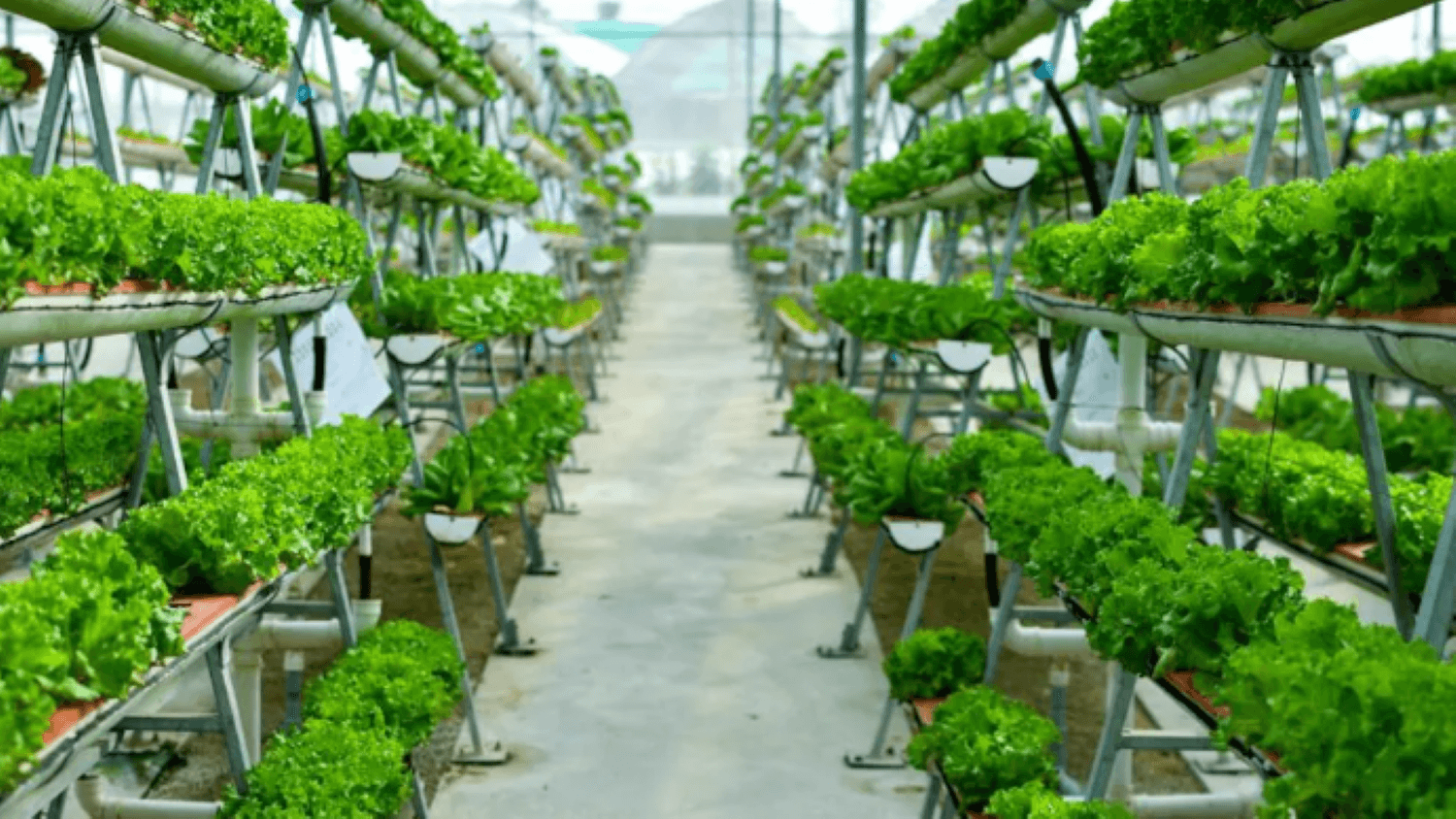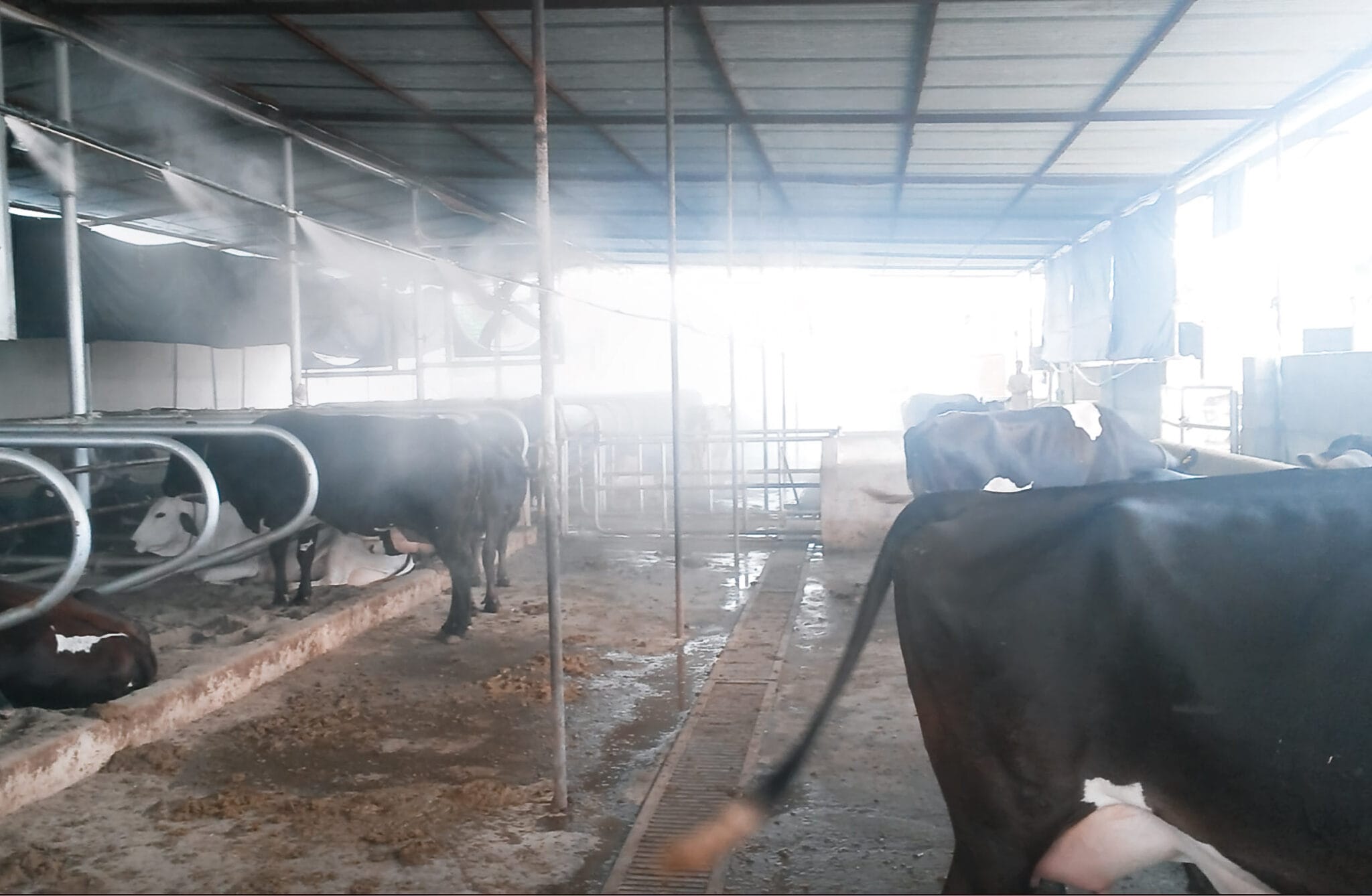
Back to the future: vertical farming
Vertical farming allows the production of food in a sustainable way, reducing environmental impact and repurposing unused spaces.
No point in hiding it, since smartphones have arrived among us, technology has become a fundamental part of our lives. By now, almost everyone has at least one cell phone, a personal computer, and maybe even a smartwatch that we can no longer live without.
What if I told you that the same technology exists for cows, horses, goats, and sheep? Although it is hard to believe by now even animals can wear a smartwatch!
It all started in New Zealand, in 2016, when a startup launched a revolutionary product for the livestock sector, a smart collar for cows that can monitor their location and vital parameters.
This collar powered by a small photovoltaic panel uses GPS to track the location of each individual animal in the herd, allowing pastures to be demarcated virtually. It is also able to indicate the optimal amount of feed needed for each cow, ensuring proper nutrition.
In recent years, other companies have entered the market with products similar to the one launched by the New Zealand startup, making this type of technology available in other parts of the world and for other types of animals (e.g., horses, goats, and sheep). Let’s find out in more detail what benefits the use of this technology can bring to our livestock farms:

The creator of the product explains that this collar is very useful for farmers because it allows them to observe the behavior of all their cows in real time, but from a distance. This saves a lot of time (a reduction in labor of about 20 to 40 hours per week is estimated) and allows them to use pastures more efficiently (according to the manufacturer, land use can be increased by up to 10 percent). All this results in both economic and resource savings, since thanks to the automation of cattle movements there is a need for fewer personnel dedicated to herd control and better use of grazing space. In addition, avoiding the use of dogs or people to group the cows reduces animal stress and maximizes production, increasing overall welfare levels.
Also of paramount importance is the ability to continuously and constantly monitor the animals’ behavior, detecting any signs of sickness before they are even visible to the farmer. In this way, it is possible to intervene as soon as the cow shows the first signs of a possible disease, thus preventing their condition from worsening. Investing in veterinary services and disease surveillance serves not only to improve animal health, but also to reduce the economic impact of their diseases, improve food safety, and reduce the risks of antimicrobial resistance.
To make livestock farming more sustainable, it is important to increase efficiency in cattle management. By keeping track of the values of each individual animal, it is possible not only to intervene promptly in case of abnormal values, but also to work to reduce the emission of greenhouse gases (currently the livestock sector produces 14.5 % of these gases, contributing significantly to global warming) while increasing production.

It has been estimated that bovines become accustomed to being guided by these collars in less than a week, and thus, in a short time, it will be possible to manage the entire herd remotely without causing trauma and stress that could affect the quantity and quality of the final product.
Although the primary sector appears to be one of the most reluctant to the digitization process, it is undeniable that new technologies are capable of bringing numerous benefits to cattle, pig and sheep farms. Indeed, integrating advanced and interconnected tools into production management is key to improving productivity and efficiency.
Are you ready to launch your livestock farm into the world of 4.0?

Vertical farming allows the production of food in a sustainable way, reducing environmental impact and repurposing unused spaces.

Discover how algae cultivation is revolutionizing sustainable production and how these practices can transform the future.

This technological revolution promises to improve efficiency, sustainability, and animal welfare, but

How to cope with summer temperatures in productive sectors such as industry, livestock and agriculture? Read our solutions.